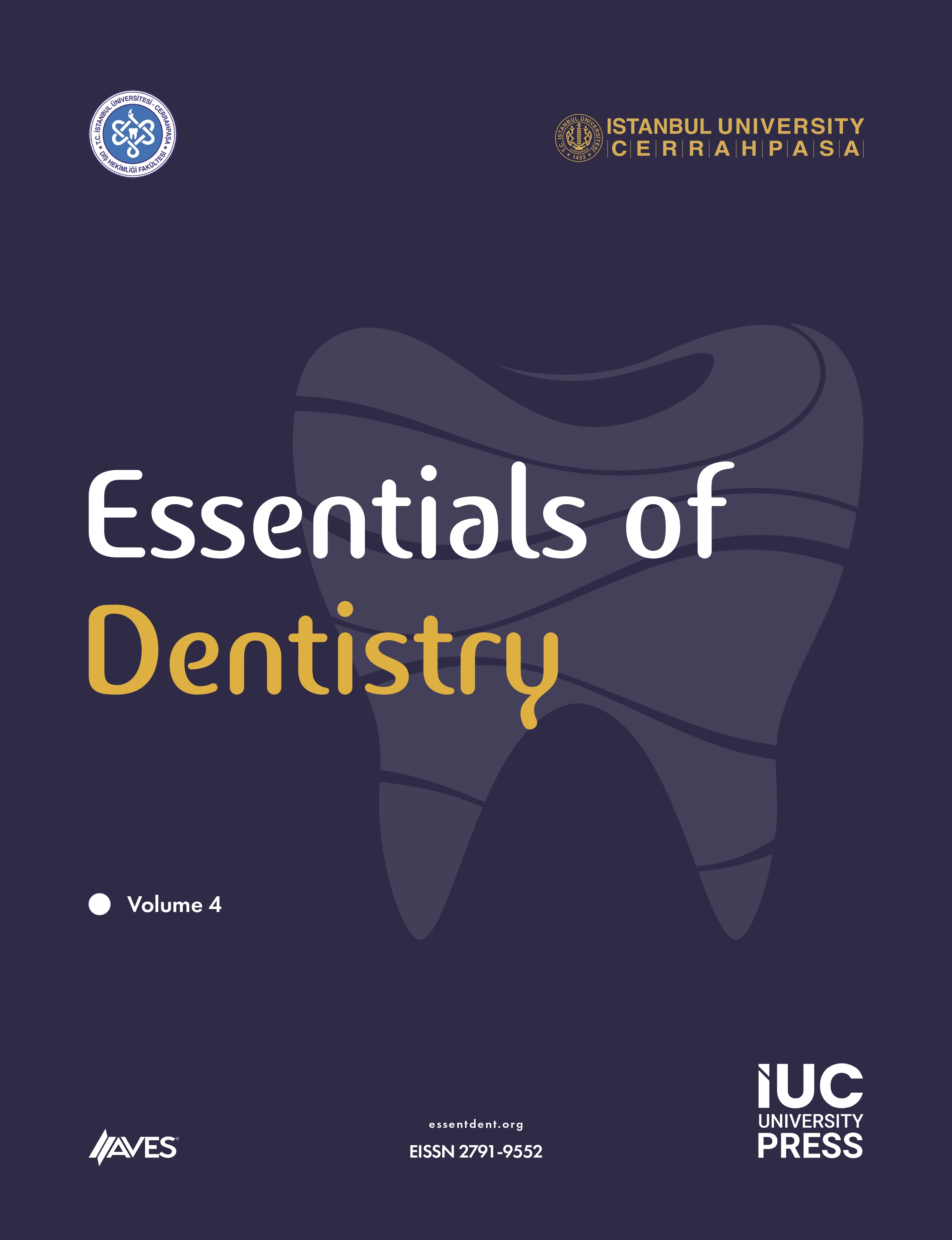Objective: The purpose of this in vitro study was to determine the effect of different polishing methods applied on the surface roughness and color stability of leucite-reinforced feldspathic ceramic.
Methods: The leucite-reinforced feldspathic ceramic slices were divided into 3 treatment groups and 2 control groups: 1 μm diamond polishing paste (P), silicon carbide polishing kit (PK), silicon carbide polishing kit followed by 1 μm diamond polishing paste, glazed control group, and roughened control group. The color changes (ΔE) of the specimens were recorded with a spectrophotometer. The surface roughness was evaluated by using an atomic force microscope (AFM) and scanning electron microscopy (SEM). The Ra and Rz values were statistically analyzed with Kruskal–Wallis and the Mann–Whitney U-tests. The Shapiro–Wilk, and one-way ANOVA tests were used for comparing ΔE.
Results: Significant ΔE (color difference) values were found between groups after they were immersed in coffee solution (P < .05). According to the Ra and Rz values, statistically significant difference was found between all treatments and the glazed and roughened control groups (P < .05).
Conclusion: Polishing techniques significantly affected the color of the leucite-reinforced feldspathic ceramic. After adjustment of the dental ceramic surface to remove the glaze, the polishing kit with paste application can be utilized.
Cite this article as: Paken G. Polishing systems on surface roughness and the color stability of leucite-reinforced feldspathic ceramic. Essent Dent. 1(1):23-29..






